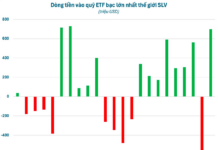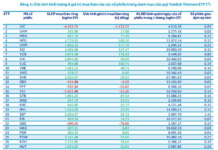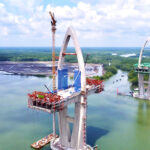After nearly a year of reactivation, the Binh Khanh Bridge, Vietnam’s highest clearance cable-stayed bridge on the Ben Luc – Long Thanh Expressway, has been substantially completed. However, it cannot yet be put into operation as it awaits the completion of the Phuoc Khanh Bridge to open the entire route.
Connecting Nha Be District with the former Can Gio (Ho Chi Minh City), the Binh Khanh Bridge spans the Soai Rap River, with a total investment of over 2.8 trillion VND. The project had been stalled for years since 2018 due to funding issues before resuming in October 2023.
Admire Vietnam’s Highest Clearance Cable-Stayed Bridge:
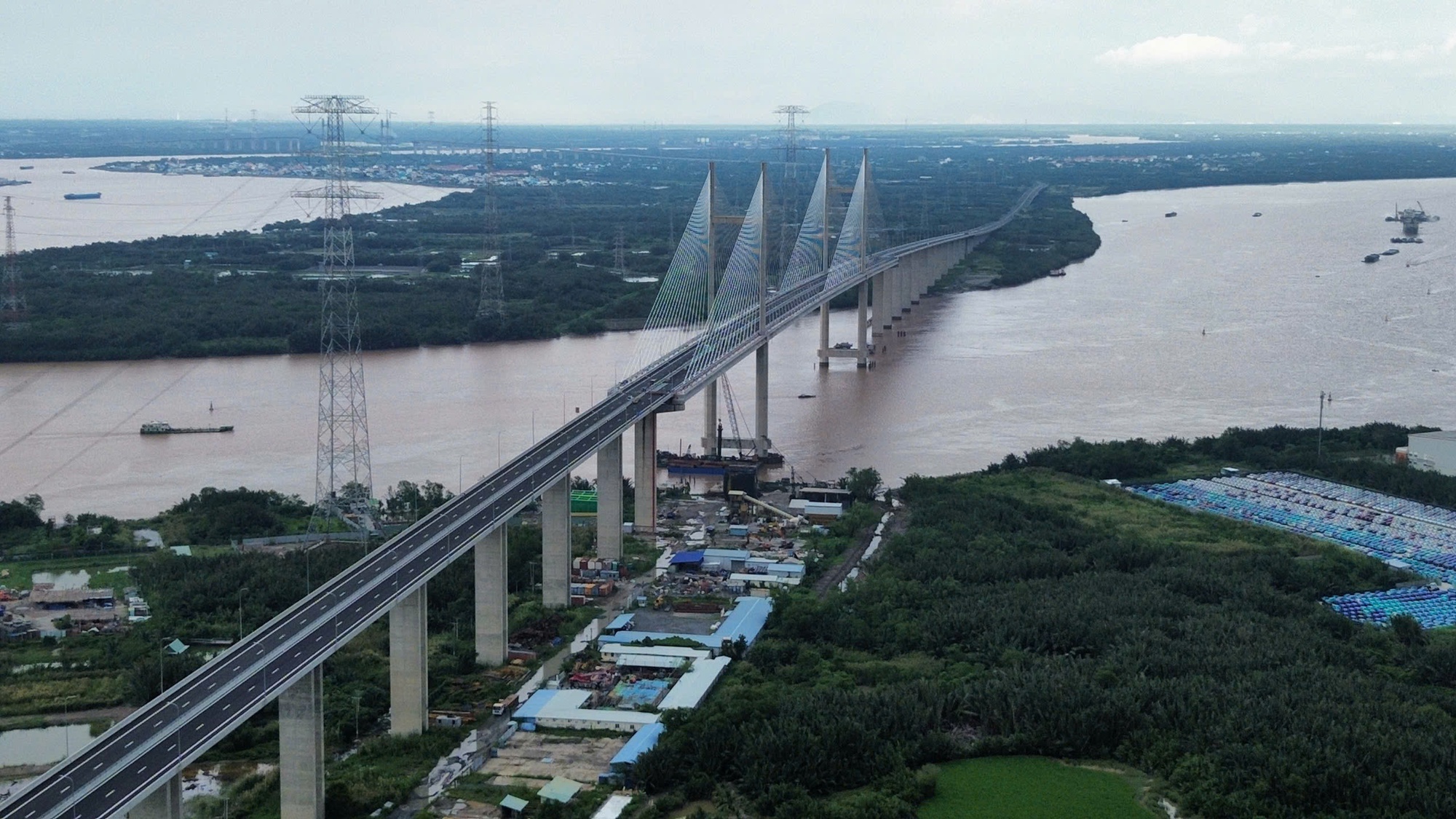
The Binh Khanh Bridge, Vietnam’s highest clearance cable-stayed bridge, is complete but not yet operational.
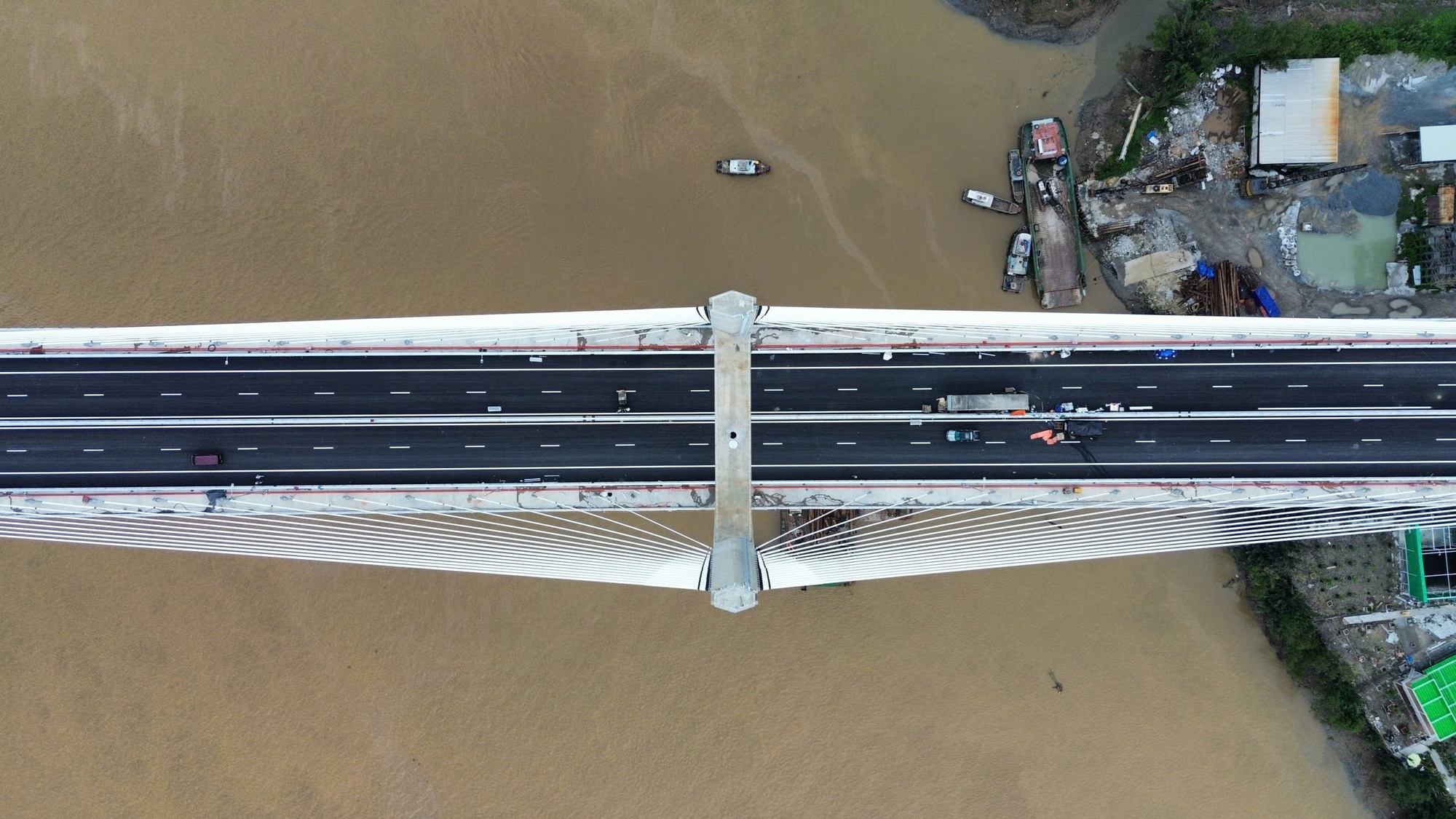
The two main towers, standing at 155 meters, are inspired by the mangrove tree—a symbol of Can Gio’s mangroves—giving the modern bridge a unique identity.
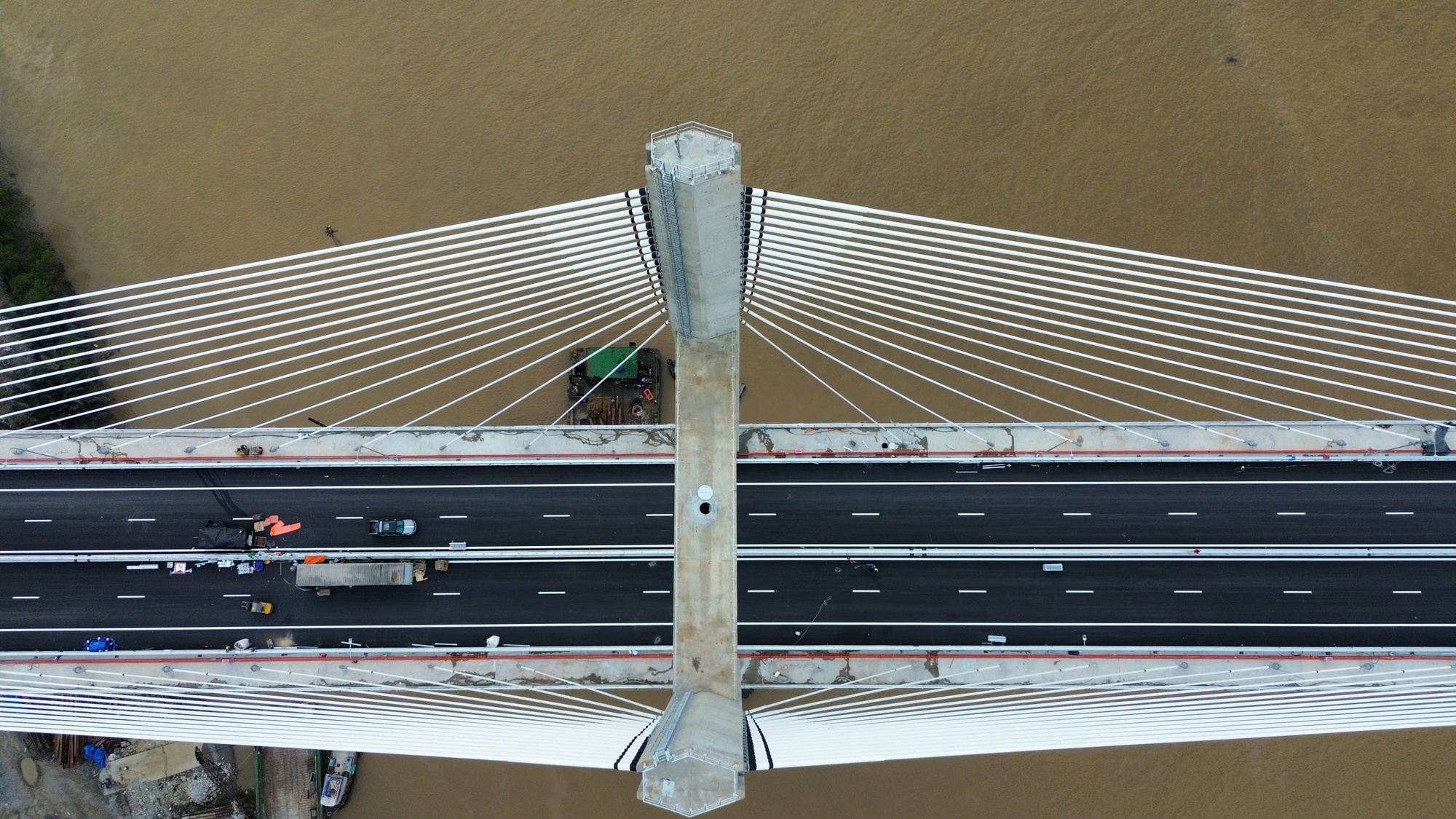
The synchronized dual-plane cable system ensures structural integrity while adding a distinctive architectural flair to the bridge.
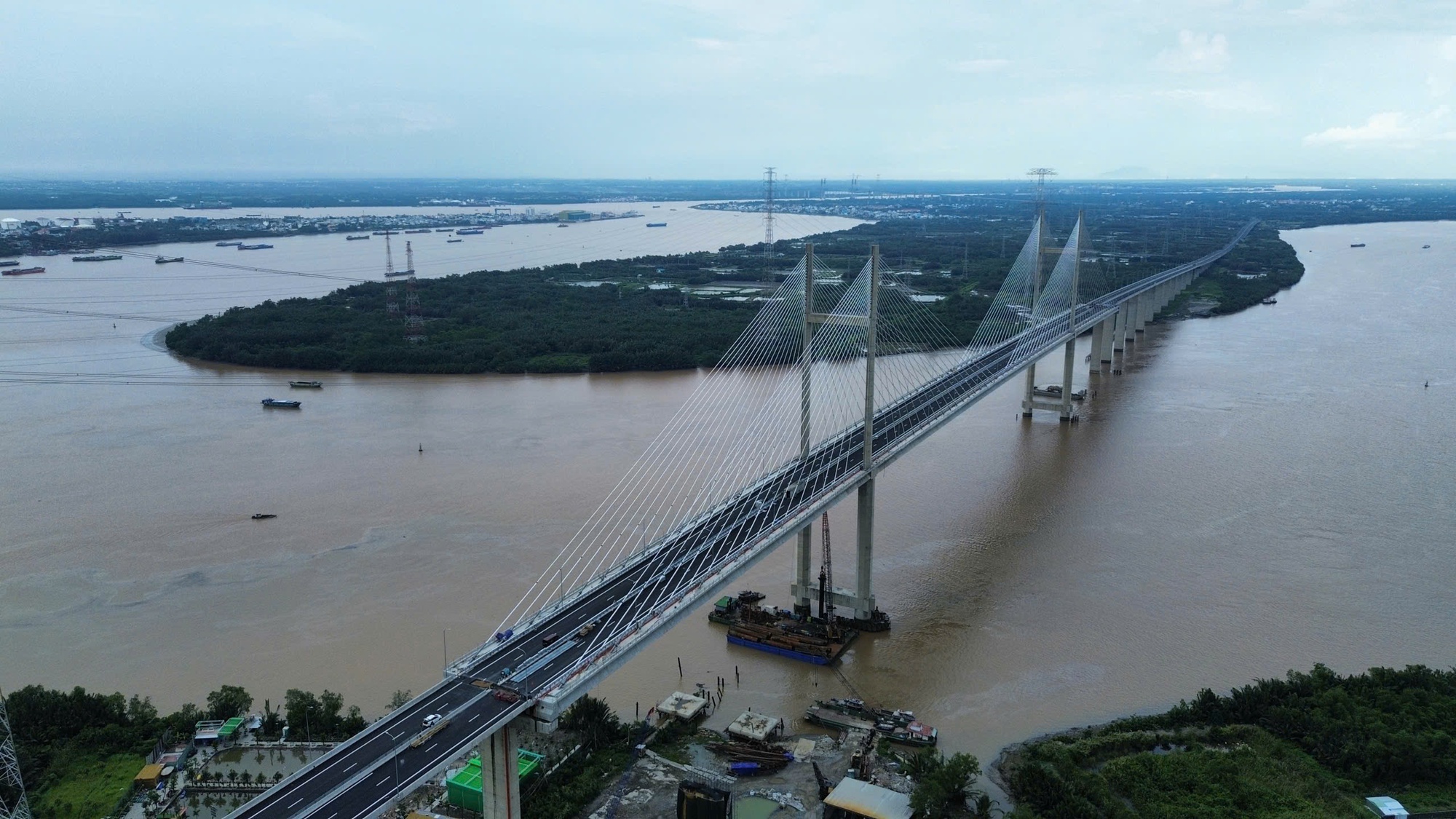
With a length of nearly 2.8 km and a main span of 375 meters, the Binh Khanh Bridge boasts a 55-meter clearance, the highest in Vietnam. Its 20-meter-wide deck includes 4 vehicle lanes and 2 emergency lanes, allowing speeds of 80-100 km/h.
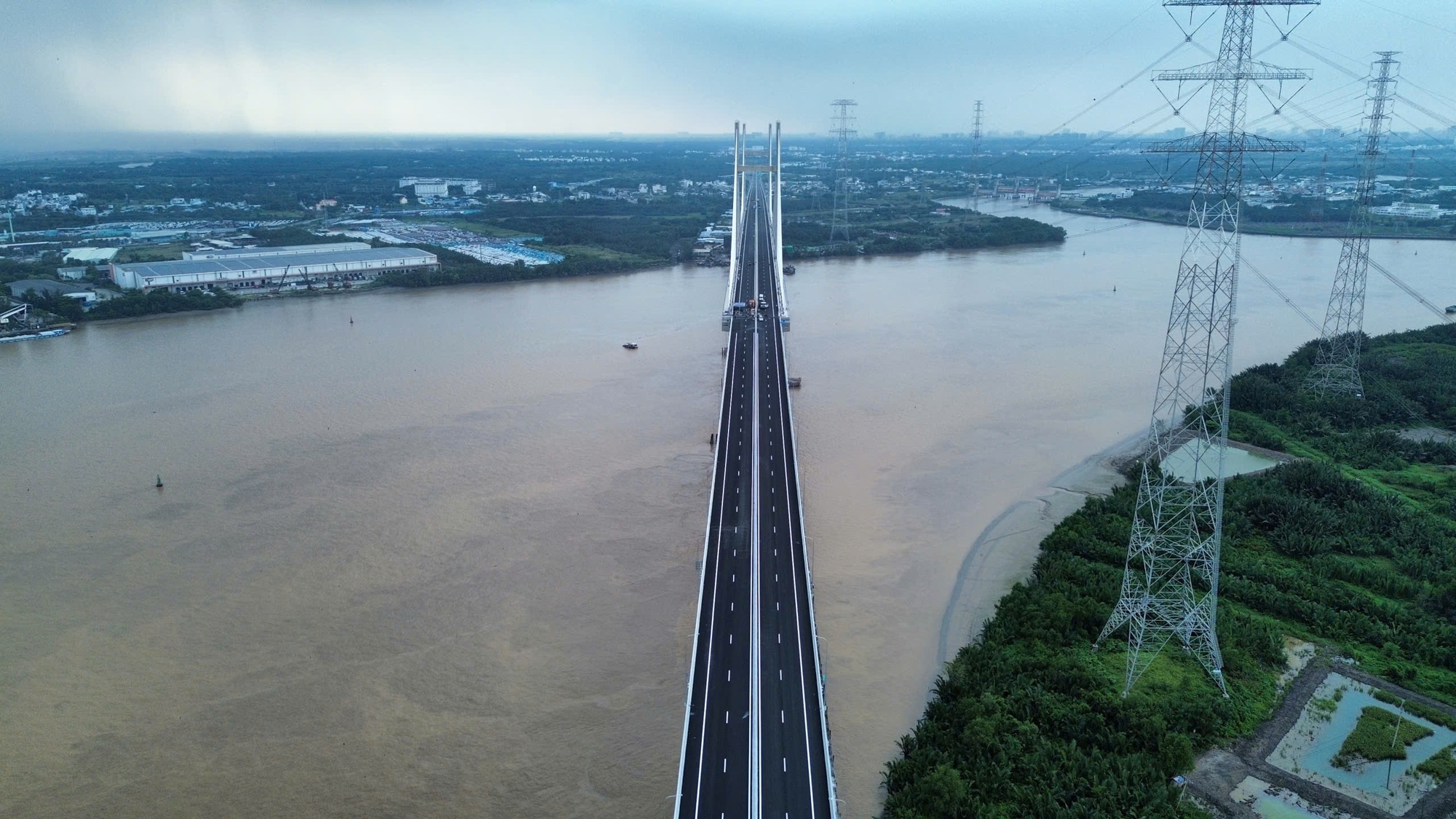
All load testing and technical inspections have been successfully completed, paving the way for final acceptance and handover.
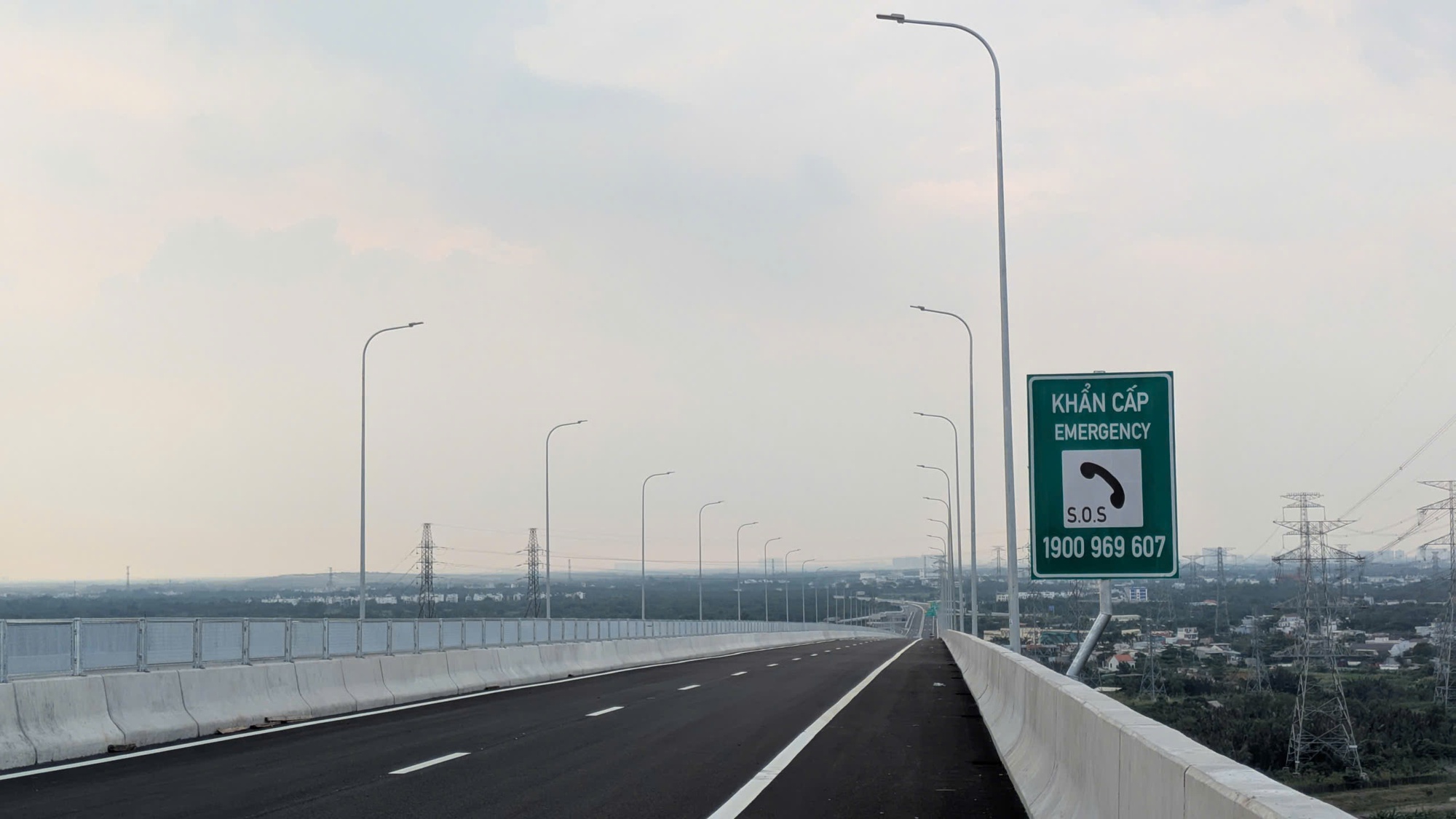
According to the Vietnam Expressway Corporation (VEC), the Binh Khanh Bridge cannot operate until the Phuoc Khanh Bridge, spanning the Long Tau River between Can Gio (Ho Chi Minh City) and Nhon Trach (Dong Nai), is completed.
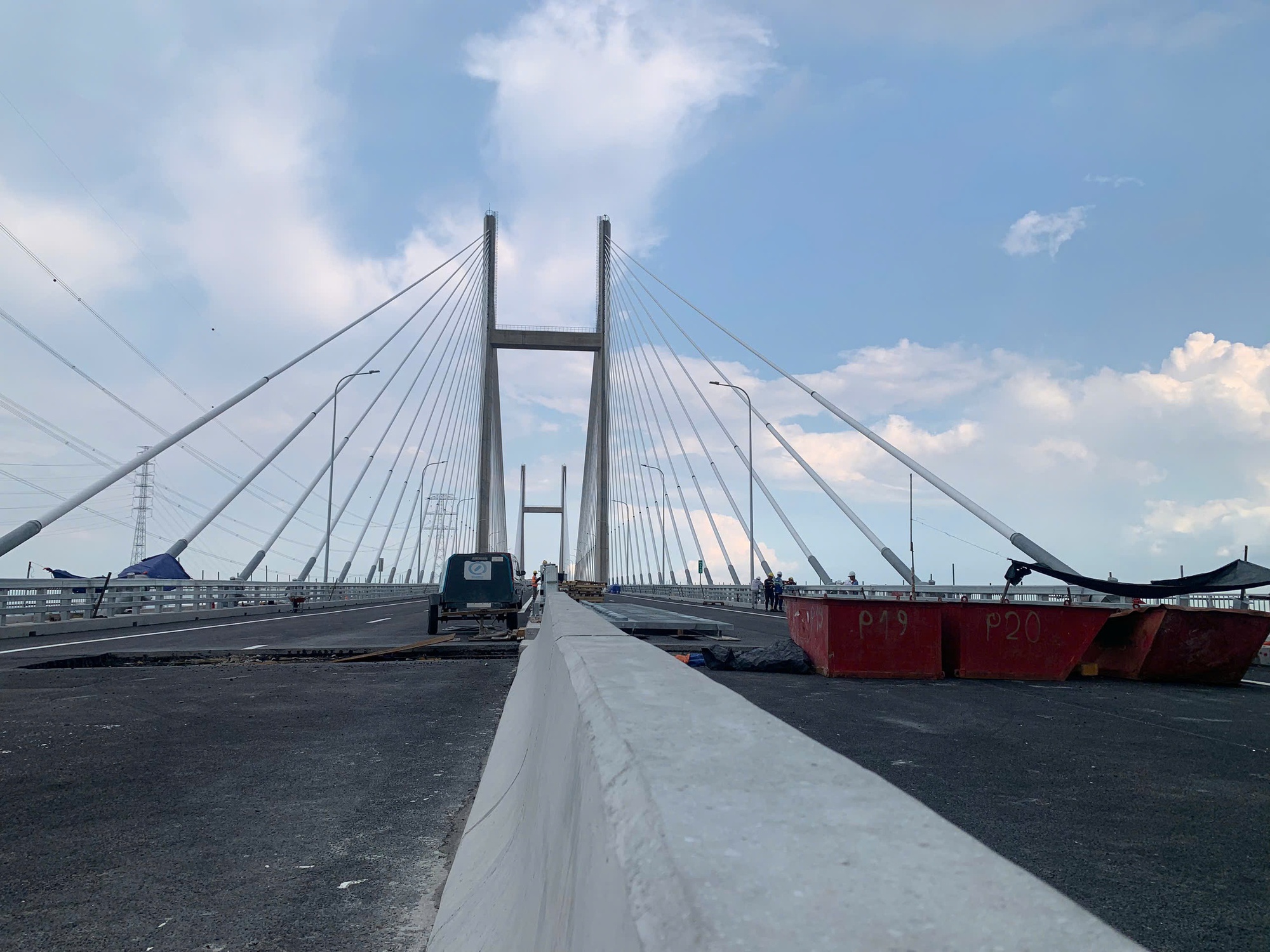
Key components such as the deck, lighting system, guardrails, signage, rigid barriers, and cables have been fully completed.
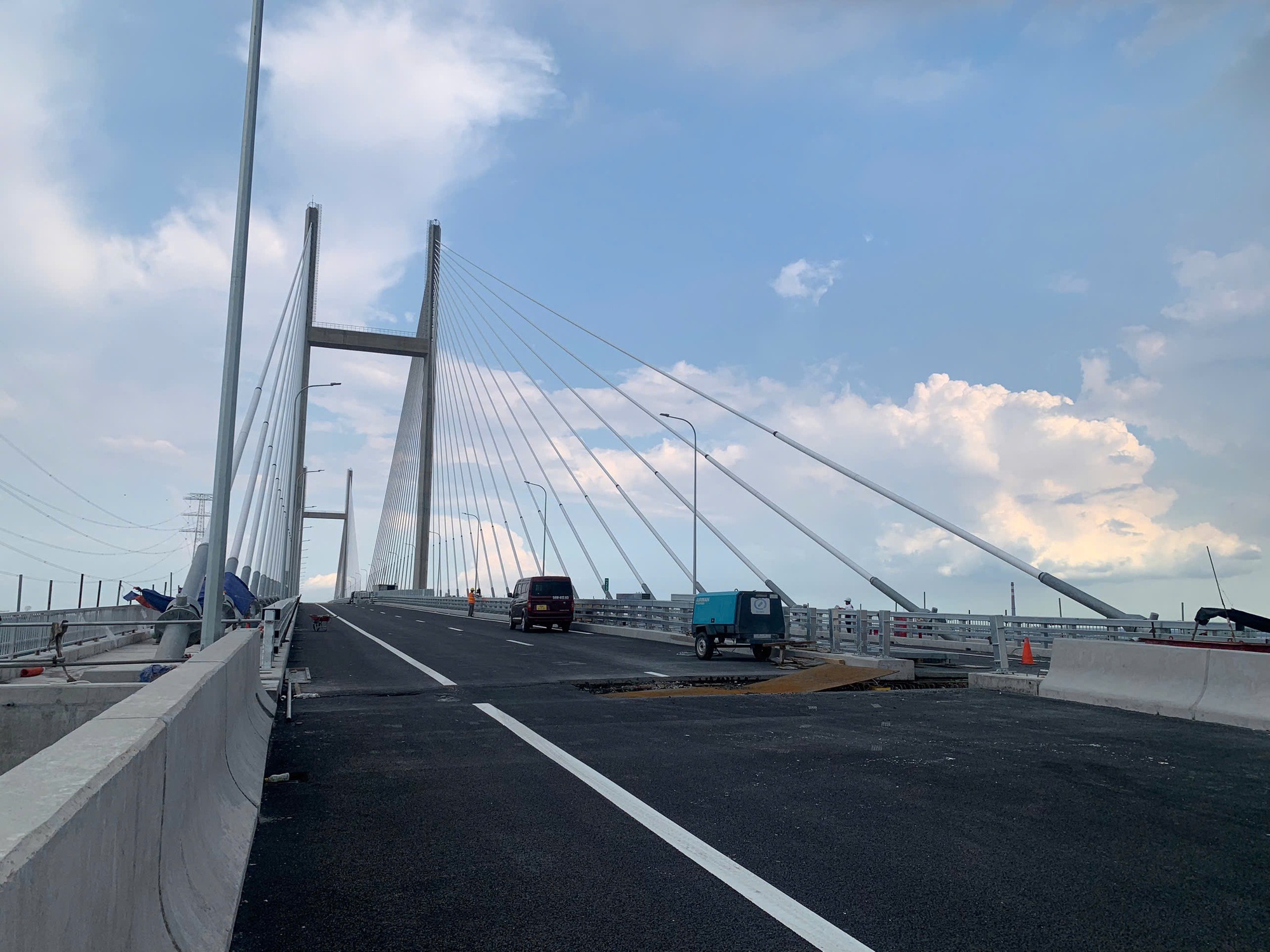
The project is currently under resumed construction, with completion expected by Q3-2026.
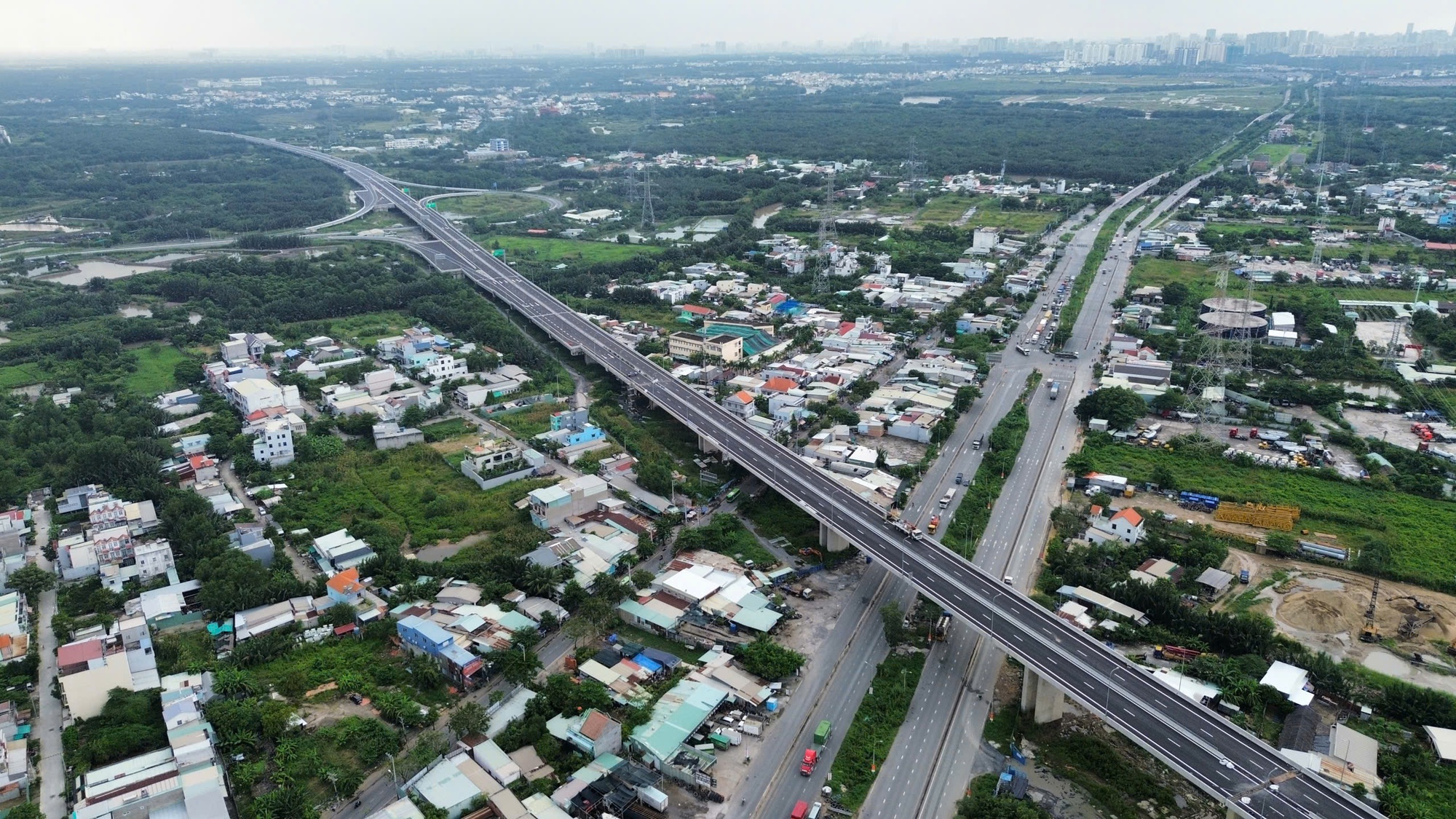
The Ben Luc – Long Thanh Expressway, spanning over 57 km through Tay Ninh, Ho Chi Minh City, and Dong Nai, has a total investment of over 31 trillion VND. Launched in 2014, the project faced delays due to funding and procedural issues.
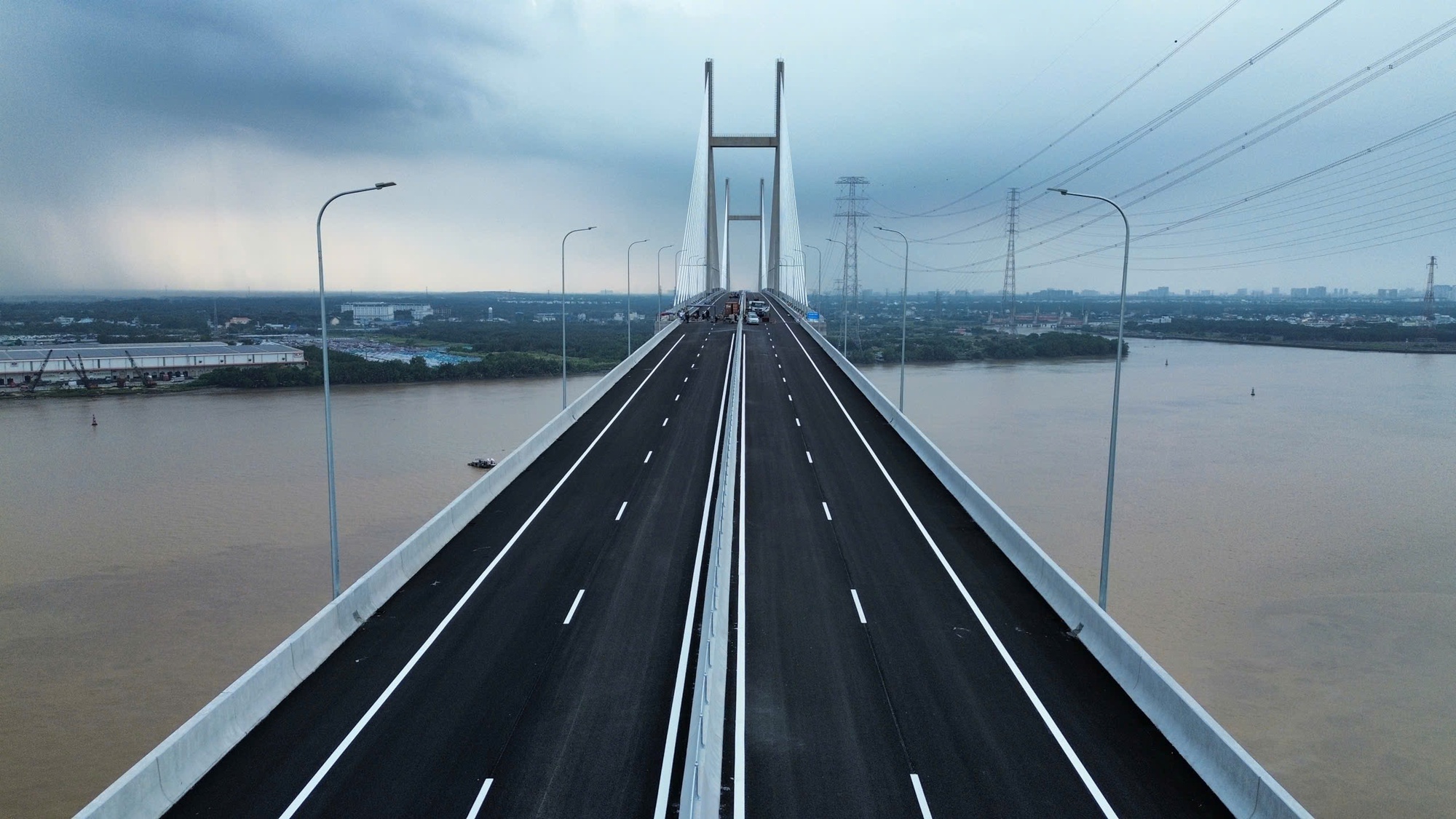
To date, approximately 55 km of the nearly 58 km route has been substantially completed, with two sections through Ho Chi Minh City and Dong Nai (about 32 km) already open for technical traffic.
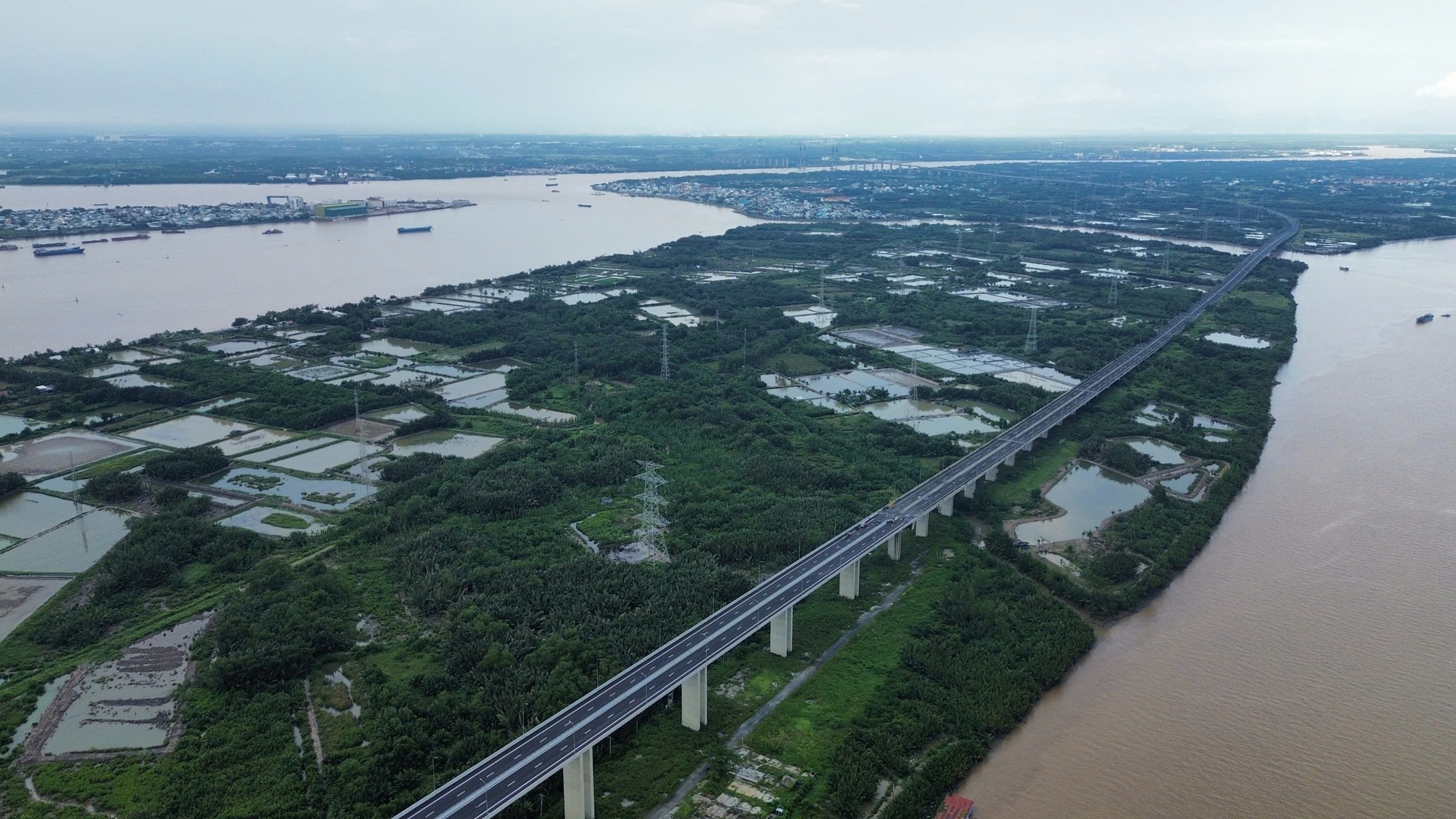
Once fully connected, the Ben Luc – Long Thanh Expressway will become a vital transport artery linking the Mekong Delta with the Southeast region, significantly reducing travel time and easing congestion on National Highway 1A, Nguyen Van Linh Road, and other key gateways to Ho Chi Minh City.
Unveiling the Majestic Cable-Stayed Bridge: The Final Link in Ho Chi Minh City’s Half-Billion-Per-Meter Expressway
Phước Khánh Bridge stands as the final “linchpin” of the Bến Lức – Long Thành Expressway, a project where each kilometer demands an investment exceeding 500 billion VND, now accelerating toward completion. Once finished, the bridge will seamlessly connect Vinhomes Cần Giờ to Long Thành Airport and the heart of Ho Chi Minh City.
“The New Land Valuation Methodology: Unveiling the Approach for 2026 and Beyond”
For the financial mechanism and land prices, in the draft amended Land Law, the Ministry of Agriculture and Environment proposes to use the land price and land price adjustment factor as a basis for financial obligations and compensation when the State recovers land; and to add technical infrastructure cost as a factor in the price determination method.
















